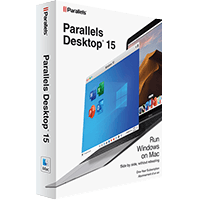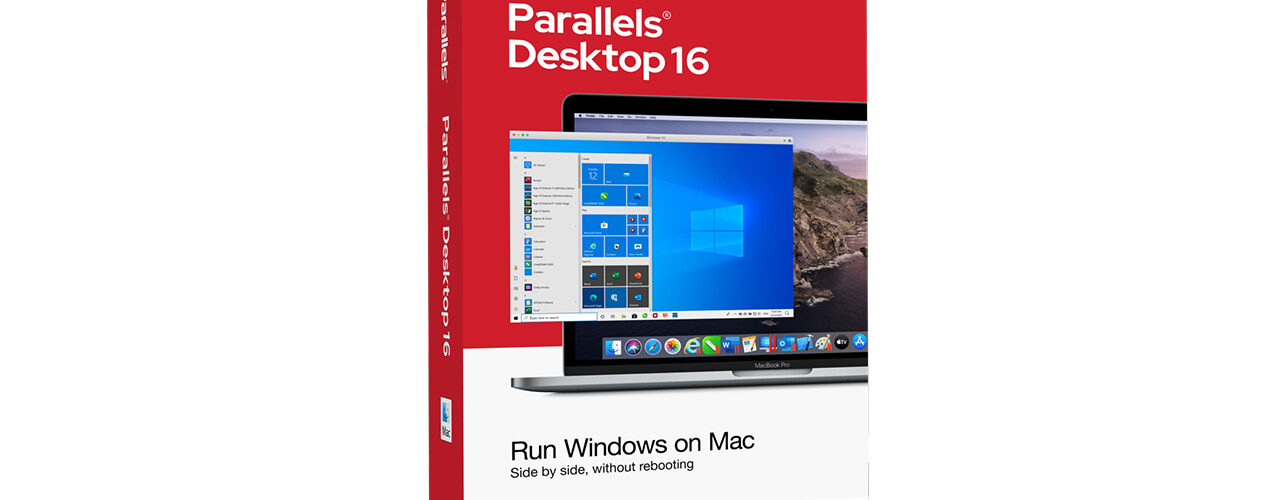

If you plan to run multiple desktop flows, you can adopt either one of the following strategies. Switch to our machine-management capabilities. Gateways for desktop flows are now deprecated except for China region. You can also manually change the order of the desktop flows in the run queue at run-time, either by changing the priority or moving them to the top of the queue. You can view the real-time execution order of a device by its run queue. Picks the next desktop flow when each run completes based on priority and time requested, shown as Next to run. Queues other desktop flows and then displays them as Queued. The first desktop flow runs on the target device based on priority and time requested. If more than one desktop flow is triggered to run on the same device, Power Automate follows these rules: You can schedule multiple desktop flows to run on one or more devices. Run multiple desktop flows on the same device sequentially When an attended desktop flow starts on the target machine, we recommend that you avoid interacting with your device until the run completes.
Parallels desktop 13 multi users windows#
To run an attended desktop flow, you need to have an active Windows user session that matches the name of the user configured for your connection. "Reuse sessions" isn't supported on machines that a user can have multiple sessions (user isn't restricted to a single session). When removing from a machine group, the machine keeps the setting defined at the group level. When adding a machine in a group, the machine will use the same settings as defined in the group. Select Machines then select a machine or a machine group.At the end of the flow run, the session is locked and can be reused for another desktop flow run. The reuse Windows session functionality allows desktop flows to run on an existing session. The flow runs on this session, and the session is signed-off at the end of the flow. Reuse a Windows session in unattended modeĭesktop flows can run on a Windows session as long as it exists and isn't unlocked for unattended runs.Ī new session is created on the machine for each unattended run using the credentials provided in the connection. There is a locked or inactive Windows user session on the target device. On Windows Server, if you have a locked Windows user session open with the same user as the desktop flow is supposed to run as, you'll receive the same error: Cannot execute desktop flow. There is a locked or an inactive Windows user session on the target device. You'll receive this error: Cannot execute desktop flow.
Parallels desktop 13 multi users windows 10#
Windows 10 and Windows 11 devices can't run unattended if there are any active Windows user sessions present (even a locked one). Unattended desktop flows run on devices with the screen locked so that no one can see the flow while it runs. Power Automate creates, manages, and then releases the Windows user session on the target devices.

Power Automate performs the following steps: Flows run in unattended mode can't be launched with elevated privileges.Locked Windows user sessions will prevent desktop flows from running.To run unattended desktop flows, the target machine needs to be available with all users signed out. Here are some key differences between attended and unattended runs: Unattended mode When you add a desktop flow to a cloud flow, you can choose whether you want your desktop flow to run attended or unattended. When Power Automate runs in attended mode, it uses an existing Windows user session. Once the automation completes, Power Automate signs out from the device and reports its activity. When Power Automate runs in unattended mode, it automatically signs into the target devices that run Windows 10, Windows 11, Windows Server 2016, Windows Server 2019, or Windows Server 2022. Unattended is best for applications that don't need human supervision. When you create desktop flows, you run them either in attended or unattended mode.

You must use the same work or school account to set up the gateway, to sign into Power Automate, and to log into your Windows device.


 0 kommentar(er)
0 kommentar(er)
